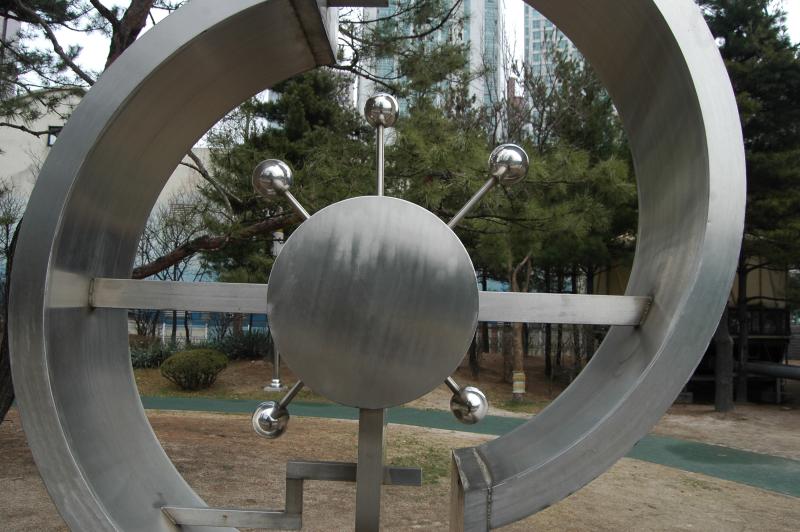
Every now and then I get a question asking me if I always give positive ratings to the destinations I visit. My answer? Not always and not in every case, but in general I'm very impressed with Korea's selections of places to see. While my usual high expectations haven't changed much since I started keeping the taeguk ratings (see here for more information), this is one place that is currently better for the locals than the tourists.
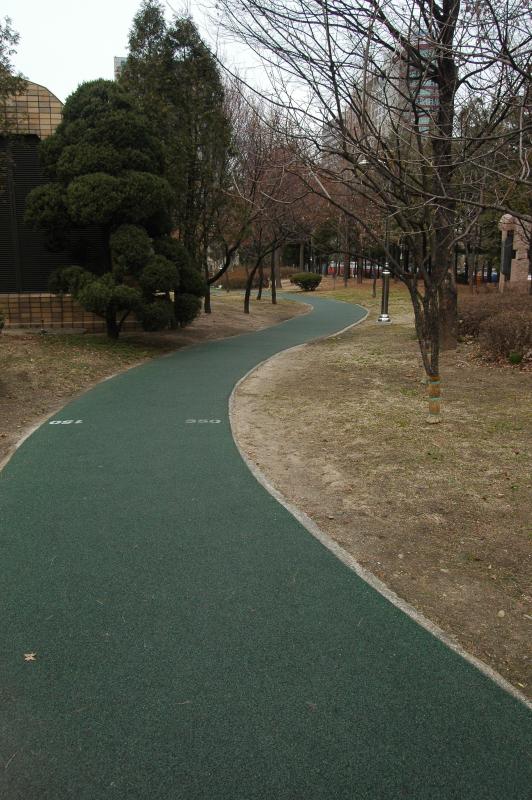
Enter Seosomun Park - while not precisely a place to excitedly promote in the tourist trade, it's more than enough for the locals that live in the area. Opened at the very beginning of 1997, it includes over 14,000 trees and 10,000 pyeong worth of grass - a nice-sized area. If you've lived in Korea for awhile you might be able to piece together the meaning of the name: 'Seo' (West) 'so' (small) 'mun' (gate or door).
After King Taejo had the four major gates of Seoul built in the early Joseon period (early 15th century), he ordered four smaller ones built for convenience - the purpose of Souimun (AKA Seosomun) was used to carry remains of the deceased out of the city along with the usual crowd. According to one source, "Seosomun Park was where condemned prisoners were publicly executed. Those found guilty of serious crimes such as treason were brought to the park where they were put to death by having their throats cut. Ministers who refused to cooperate with Suyang Daegun, later King Sejo, who seized the throne after killing his young nephew King Dangjong, were put to death near the gate. " The gate was destroyed during the Japanese occupation in 1914 as part of the city's reconstruction plan. Some gruesome, but interesting, history; unfortunately none of that is available to learn in English at the park.

A pretty good set of exercise / workout equipment - perfect if you're strolling through the park and want to make your workout a bit harder.
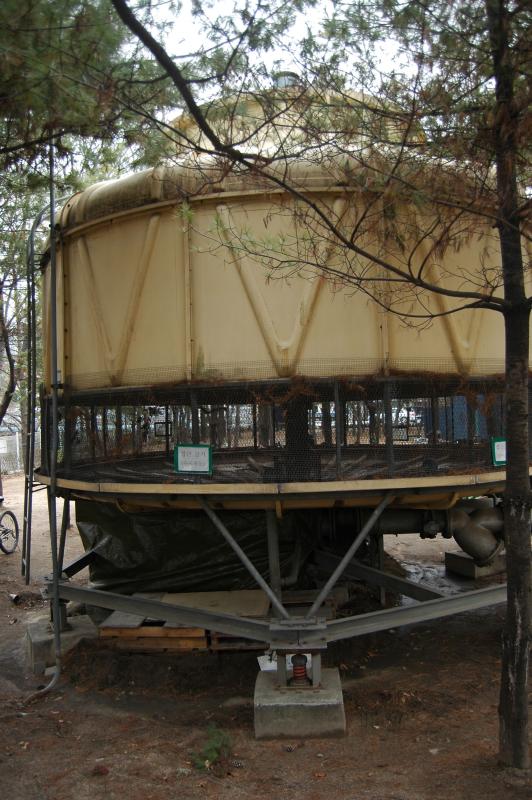
OK, I'm completely stumped here. Anybody have any ideas? It stands perhaps 10 meters tall, about 4 meters in diameter, and looks to be quite sturdy.
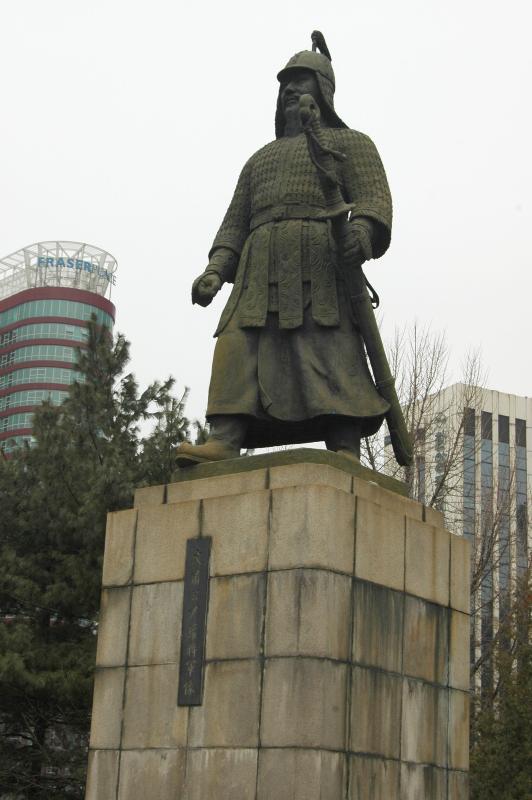
A complete lack of English signage is a reminder that the park is here for the locals.

Entitled 생명의 (Life) by 강희덕 (Gang Hui Deok).
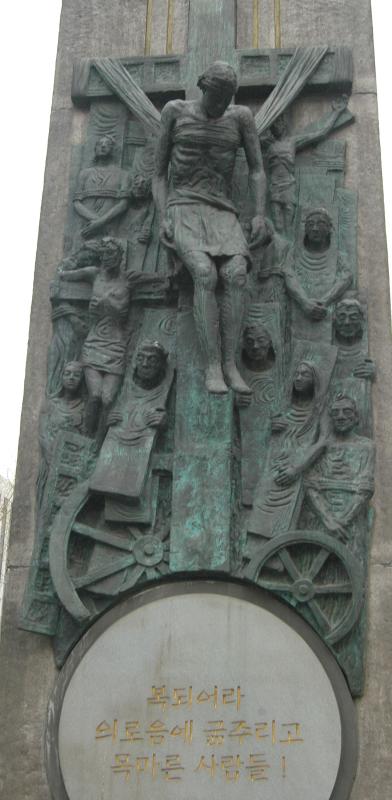
The inscription (복되어라 의로움에 굶주리고 목마른 사람들!) translates to something like 'People are hungry and thirsty for righteousness!'. Google Translate gives no indication on what 복되어라 means, although Naver's English dictionary suggests 'blessed' or 'happy'. The blocks of stone to the left and right are partially filled with people's names - possibly martyrs.
I've been to more than a few places that offered virtually nothing in English - but this time it actually bothered me a little. Here we have a potentially interesting site, a site with some real history behind it, yet very little can be understood while there. It's almost like trying to decipher a mystery - something a tourist doesn't always want to do. For what it's worth. you're not too far from Seodaemun, where a former prison from Japan's occupation has been turned into a history hall and museum; if coming to Korea, be a tourist there instead. If living in Korea, do a little bit of reading beforehand, or make sure your Korean is up to snuff before going.
Ratings (out of 5 taeguks):
Ease to arrive:

Foreigner-friendly:

Convenience facilities:

Worth the visit:

 © Chris Backe - 2010
© Chris Backe - 2010This post was originally published on my blog, Chris in South Korea. If you are reading this on another website and there is no linkback or credit given, you are reading an UNAUTHORIZED FEED.



 RSS Feed
RSS Feed
Recent comments